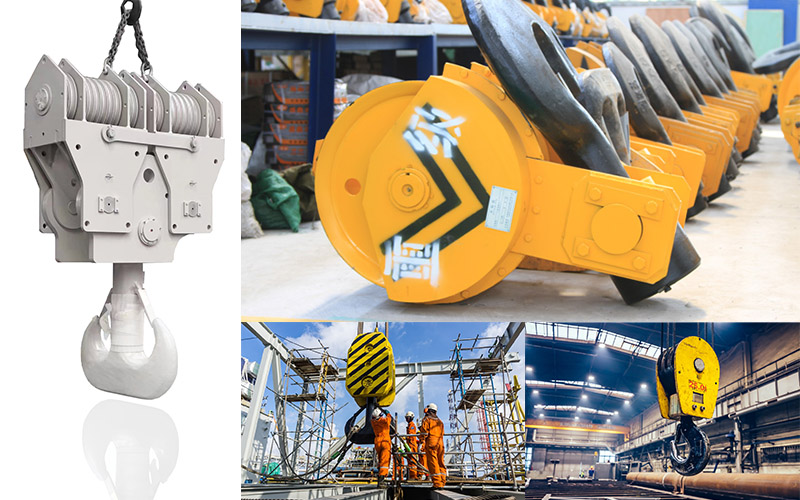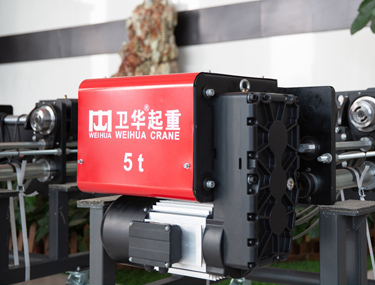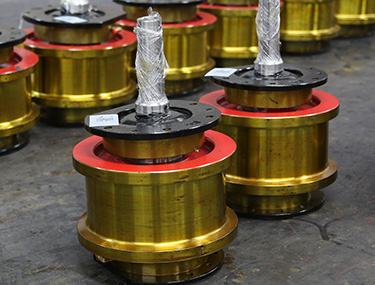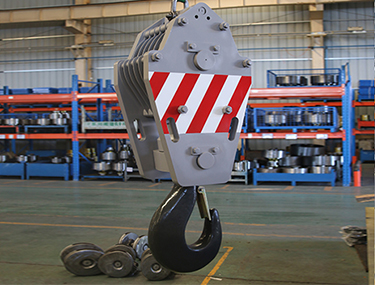The crane hook is one of the most critical components in lifting operations, serving as the primary attachment point between the load and the lifting machinery. Its design, material strength, and operational reliability directly impact the safety and efficiency of material handling in industries such as construction, manufacturing, shipping, and mining. This article explores the role of crane hooks in lifting work, their types, safety considerations, and maintenance practices.
1. Primary Functions of a Crane Hook
1.1 Load Attachment
The primary role of a crane hook is to securely hold and carry loads. It connects to slings, chains, or other rigging equipment, ensuring that the load remains stable during lifting, moving, and lowering operations.
1.2 Force Distribution
A well-designed hook distributes the load’s weight evenly, minimizing stress concentrations that could lead to deformation or failure. The curved shape of the hook helps maintain balance while lifting.
1.3 Safety Assurance
Hooks are engineered with safety features such as latches (safety catches) to prevent slings or cables from slipping off accidentally. High-quality hooks undergo rigorous testing to meet industry standards (e.g., ASME B30.10, DIN 15400).
2.
Types of Crane Hooks
Different lifting applications require specialized hooks:
2.1 Single Hook
Commonly used for general lifting tasks.
Suitable for moderate loads.
Available in various capacities (e.g., 1-ton to 100-ton).
2.2 Double Hook
Used for heavier or unbalanced loads.
Provides better weight distribution.
Often seen in foundries and steel mills.
2.3
Ramshorn Hook (Clevis Hook)
Designed for multiple-leg slings.
Used in offshore and marine lifting.
Allows better load stability in complex rigging setups.
2.4 Eye Hook & Swivel Hook
Eye Hook: Fixed to a crane’s wire rope or chain.
Swivel Hook: Rotates to prevent twisting of the load.
2.5 Specialized Hooks
Electromagnetic Hooks: For lifting steel plates.
Grab Hooks: Used with chain slings.
Foundry Hooks: Heat-resistant for molten metal handling.




